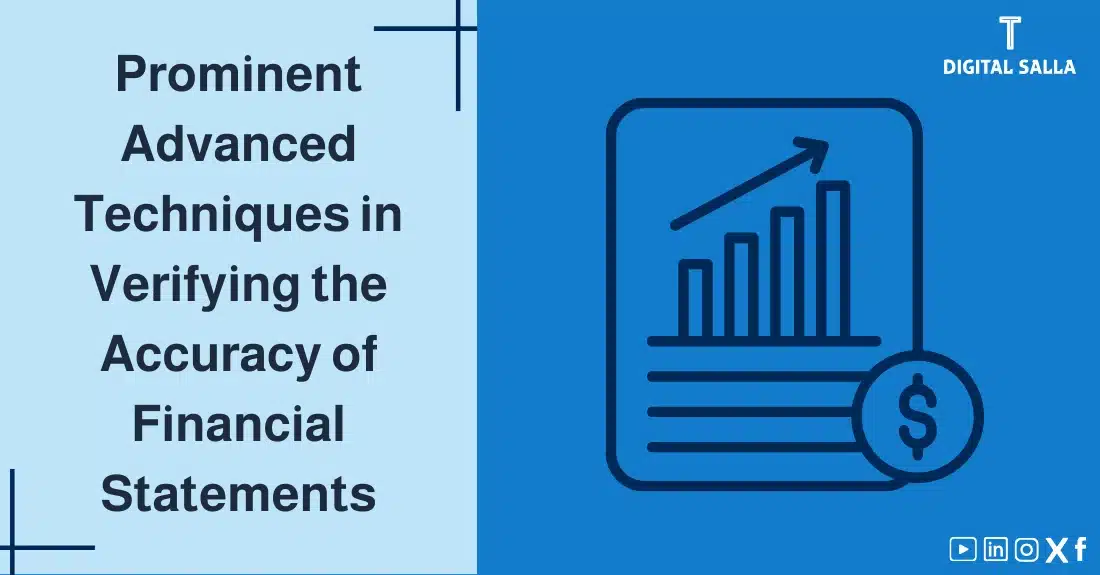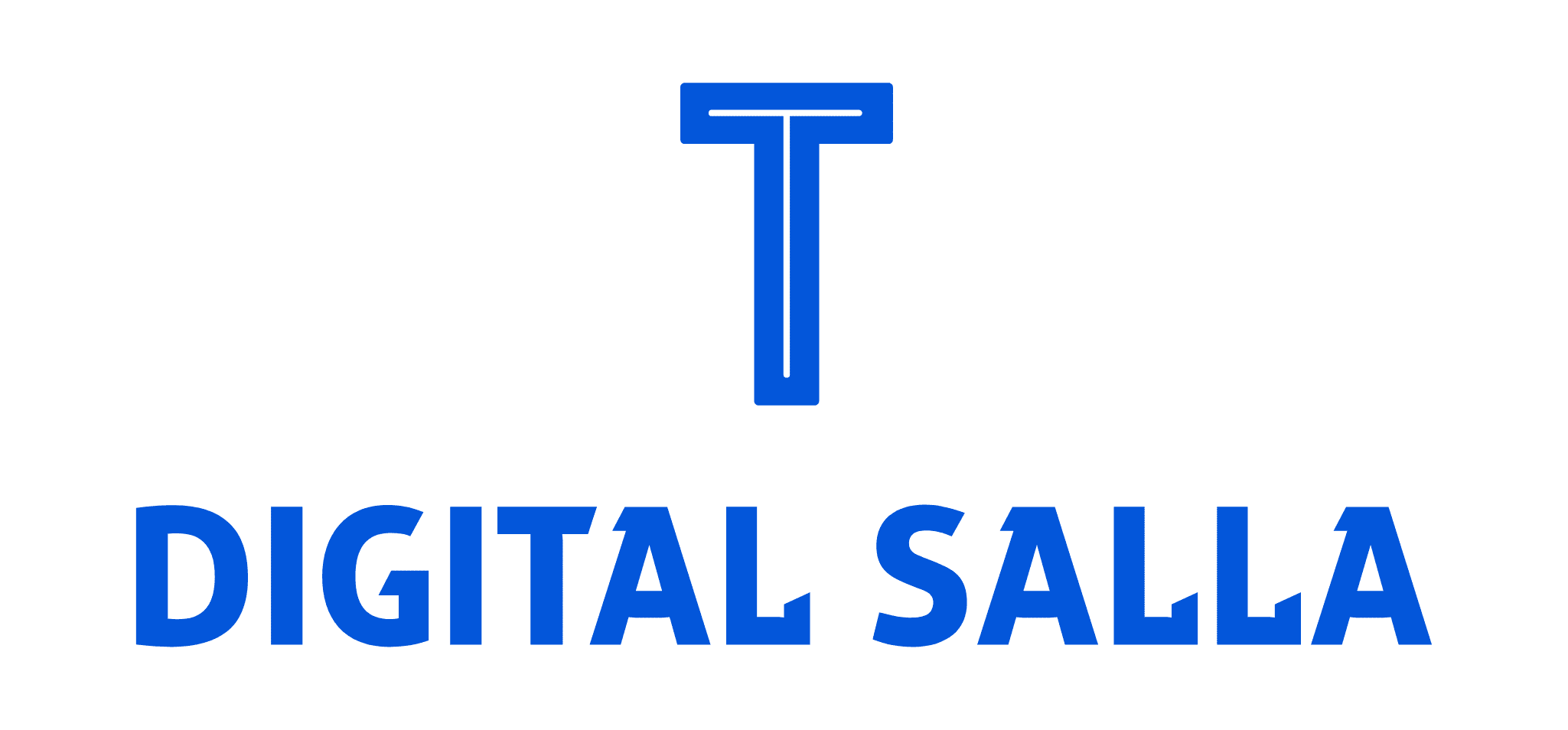Advanced Techniques in Financial Statement Validation

Advanced techniques in Financial Statement Validation are significantly enhancing the accuracy, efficiency, and effectiveness of the audit process, providing more reliable assurances about the fairness of financial information. In this article, we will review the most prominent advanced techniques in Financial Statement Validation, discussing the role of artificial intelligence, big data analytics, blockchain technology, and other technologies in improving audit quality. We will focus on how these techniques contribute to detecting errors and fraud, and enhance stakeholder confidence in financial statements.
What is Financial Statement Validation (Auditing)?
Financial Statement Validation, or auditing, is an independent and objective examination of an entity’s financial statements, performed by a qualified and licensed external auditor, with the aim of expressing a professional opinion on whether these statements fairly present the entity’s financial position, results of operations, and cash flows in accordance with specified accounting standards, such as International Financial Reporting Standards (IFRS) or Generally Accepted Accounting Principles (GAAP).
Objectives of Financial Statement Validation:
- Expressing an Opinion on the Fairness of the Financial Statements: The primary objective of Financial Statement Validation is for the auditor to express a professional opinion on whether the financial statements fairly present, in all material respects, the entity’s financial position, results of operations, and cash flows in accordance with the applicable accounting standards.
- Enhancing Confidence in Financial Statements: Financial Statement Validation contributes to enhancing the confidence of investors, creditors, and other stakeholders in the financial information presented by the entity.
- Detecting Errors and Fraud: Financial Statement Validation helps in detecting errors or fraud in the accounting records, reducing the risk of material misstatements in the financial statements.
- Improving the Quality of Financial Information: Financial Statement Validation leads to improved quality and reliability of the financial information provided to stakeholders.
- Providing Recommendations to Improve Internal Controls: The auditor may provide recommendations to management to improve the entity’s internal control systems.
- Supporting the Efficiency of Capital Markets: Auditing contributes to supporting the efficiency of capital markets by providing high-quality financial information that helps investors make sound investment decisions.
Prominent Advanced Techniques in Financial Statement Validation:
- Data Analytics:
- Definition: Using specialized software and tools to analyze large amounts of financial and non-financial data to identify patterns and unusual trends.
- How it’s used in auditing:
- Risk Assessment: Data analytics tools help auditors identify and assess the risks of material misstatement in the financial statements more accurately.
- Tests of Controls: Data analytics can be used to test the effectiveness of the entity’s internal control systems more efficiently.
- Analytical Procedures: Enable auditors to perform advanced analyses of financial data, such as trend analysis and ratio analysis, faster and more accurately.
- Tests of Details: Data analytics can be used to examine a larger proportion of financial transactions (potentially up to 100% instead of relying solely on samples) in less time and with less effort.
- Detecting Errors and Fraud: Data analytics tools help detect errors or fraud by identifying unusual or suspicious transactions.
- Extracting Data from Various Documents: Data analytics tools can automatically extract information from various documents, such as invoices and contracts.
- Artificial Intelligence (AI):
- Definition: Using computer systems to simulate human intelligence in performing audit tasks, such as learning from data, making decisions, and solving problems.
- How it’s used in auditing:
- Automating Routine Audit Tasks: AI can automate many routine audit tasks, such as examining documents and reconciling balances, saving auditors time and allowing them to focus on more complex tasks.
- Improving the Accuracy and Efficiency of the Audit Process: AI can process enormous amounts of data quickly and accurately, reducing the risk of human error.
- Enhancing Fraud Detection: AI can identify patterns and behaviors that may indicate fraud.
- Providing Predictive Analytics: AI can use historical data to predict future risks, helping auditors design more effective audit procedures.
- Assessing Risks More Accurately: AI can analyze financial and non-financial data to assess the risks of material misstatement more accurately.
- Machine Learning:
- Definition: A branch of artificial intelligence that focuses on training computer systems to learn from data without explicit programming.
- How it’s used in auditing:
- Improving the Accuracy of Forecasts: Machine learning can be used to develop more accurate predictive models for estimating future balances and detecting errors.
- Anomaly Detection: Machine learning can identify anomalies in financial data that may indicate errors or fraud.
- Credit Risk Assessment: Machine learning can be used to assess the credit risk of customers and suppliers more accurately.
- Automating the Classification of Financial Transactions: Machine learning can automatically classify financial transactions, saving auditors time and effort.
- Blockchain Technology:
- Definition: A distributed, immutable ledger used to record transactions securely and transparently.
- How it’s used in auditing:
- Enhancing the Reliability of Financial Data: Blockchain technology provides an immutable record of financial transactions, enhancing the reliability of financial data and reducing the chances of manipulation or distortion.
- Increasing Transparency: Blockchain technology allows all authorized parties to access the same financial information, enhancing the transparency of the audit process.
- Reducing the Risk of Fraud: Blockchain technology can help reduce the risk of fraud by making it more difficult to manipulate financial data.
- Accelerating the Audit Process: Blockchain technology can speed up the audit process by providing instant access to accurate and reliable financial data.
- Reducing Audit Costs: Blockchain technology can reduce audit costs by automating many routine audit tasks.
- Continuous Auditing:
- Definition: Using technology to continuously monitor financial data and operations, rather than conducting only periodic audits.
- How it’s used in auditing:
- Faster Detection of Errors and Fraud: Continuous auditing helps detect errors or fraud sooner, reducing their impact on the financial statements.
- Improving the Effectiveness of Internal Control: Continuous auditing provides a continuous assessment of the effectiveness of internal control systems.
- Increasing the Efficiency of the Audit Process: Continuous auditing reduces the need to conduct intensive detailed tests at the end of the financial period.
- Providing Real-Time Assurance: Continuous auditing can provide real-time assurance about the accuracy of financial data, enhancing stakeholder confidence.
- Cloud Computing:
- Definition: Delivering computing services over the internet, including storage, databases, networking, and software.
- How it’s used in auditing:
- Improving Data Accessibility: Cloud computing allows auditors to access financial data from anywhere and at any time, enhancing the efficiency of the audit process.
- Enhancing Collaboration Between Auditors and Teams: Cloud computing facilitates data sharing and collaboration between auditors and teams in different locations.
- Reducing Audit Costs: Cloud computing can reduce audit costs by reducing the need for travel and IT infrastructure.
Impact of Advanced Techniques on the Quality of Financial Reports:
Modern audit techniques positively impact the quality of financial reports by:
- Increasing the Accuracy and Reliability of Financial Information: Technology helps reduce human errors and improve the accuracy of financial data.
- Enhancing the Efficiency and Effectiveness of the Audit Process: Technology provides tools that help auditors perform their work faster and more efficiently.
- Providing More Comprehensive Assurance: Technology enables auditors to examine a wider range of financial data and provide more comprehensive assurance about the accuracy of the financial statements.
- Improving the Timeliness of the Audit Process: Technology helps speed up the audit process and issue financial reports sooner.
- Enhancing Transparency and Accountability: Technology enhances the transparency of the audit process and provides a clear audit trail that can be easily reviewed.
Challenges Facing the Adoption of Advanced Auditing Techniques:
- Cost: The cost of purchasing, implementing, and maintaining modern auditing technologies can be high, especially for small audit firms.
- Lack of Skills: Many auditors may not have the skills necessary to use modern auditing techniques effectively, requiring intensive training programs.
- Data Security Concerns: Audit firms must take the necessary measures to ensure the security of financial data when using modern auditing techniques, especially when using cloud computing.
- Resistance to Change: Some auditors may resist the changes imposed by modern auditing techniques on their traditional working methods.
- Need for New Standards: The use of modern auditing techniques may require the development of new standards and guidelines by audit profession regulators.
Importance of Training on Modern Auditing Techniques:
Audit firms must invest in training their auditors to use modern auditing techniques to keep pace with developments in the profession. The training should cover the following topics:
- Fundamentals of data analytics and its tools.
- Concepts of artificial intelligence and machine learning.
- Principles of blockchain technology and its impact on auditing.
- Data security and privacy.
- Communication and presentation skills.
Role of International Financial Reporting Standards (IFRS) in Improving Audit Quality:
International Financial Reporting Standards (IFRS) play an important role in improving audit quality by:
- Providing a Clear and Consistent Accounting Framework: IFRS helps ensure that financial statements are prepared according to unified accounting principles, facilitating the audit process.
- Imposing Comprehensive Disclosure Requirements: Disclosure requirements in IFRS help auditors gain a better understanding of the entity’s operations and financial position.
- Enhancing the Quality of Financial Information: IFRS leads to improved quality and reliability of financial information, making it easier for auditors to work and reducing audit risk.
Future of Auditing in Light of Technological Developments:
Modern auditing techniques are expected to continue to evolve and impact the auditing profession in the future. These developments will lead to:
- Increased Reliance on Automation: Many audit tasks will become fully automated, reducing the time and effort required to complete the audit process.
- Improved Accuracy and Efficiency of the Audit Process: Technology will help improve the accuracy and efficiency of the audit process by reducing human errors and improving the quality of audit evidence.
- Emergence of New Forms of Assurance: Modern auditing techniques may lead to the emergence of new forms of assurance that auditors can provide, such as assurance about the effectiveness of cybersecurity systems or compliance with sustainability standards.
- Changing Role of the Auditor: The auditor’s role will shift from a performer of routine procedures to a data analyst and business advisor. Auditors will need strong analytical skills and a deep understanding of business and technology.
Conclusion:
Modern auditing techniques are revolutionizing the auditing profession and significantly impacting the quality of financial reports. Audit firms and auditors must keep pace with these developments by investing in technology and continuous training. Adopting modern auditing techniques enhances the efficiency and effectiveness of the audit process, improves the quality of financial information, and contributes to building trust in capital markets.
Finally, understanding modern auditing techniques and their impact on the quality of financial reports is essential for all participants in the process of preparing and presenting financial statements, from accountants and auditors to investors and regulatory bodies, to ensure the integrity and reliability of financial information that forms the basis of economic decision-making. For further understanding about how to enhance financial sustainability, check out our article about: [Financial Sustainability and the Role of Accounting in Enhancing It].
